PAINTING WITH PULP
By Monica Kass Rogers
PORTRAIT PHOTOGRAPHY BY KATRINA WITTKAMP
STYLING BY THERESA DEMARIA
HAIR & MAKEUP BY LEANNA ERNEST
Eleanna Anagnos wearing Azeeza, photographed with her work.
By Monica Kass Rogers
PORTRAIT PHOTOGRAPHY BY KATRINA WITTKAMP
STYLING BY THERESA DEMARIA
HAIR & MAKEUP BY LEANNA ERNEST
Eleanna Anagnos wearing Azeeza, photographed with her work.
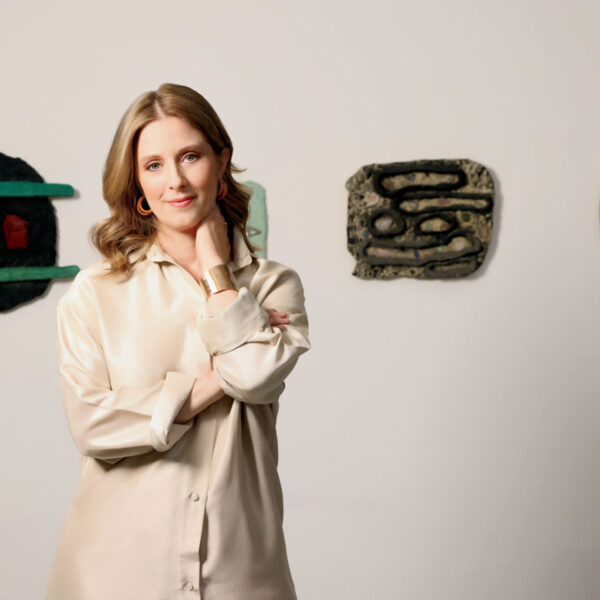
The black frames of Eleanna Anagnos’ glasses encircle eyes as blue as the Aegean Sea. Eyes repeated in a photo of her daughter, Aria, that she has displayed in her studio. Eyes somehow present in the clear stones ornamenting her latest abstract painting, Oracle.
Suspended like a cloud on wires, Oracle hangs in a delicate encircling of wood framing. Nearly sheer blocks of golden handmade paper are pierced through with handmade resin stones that look forward and back—as an oracle might mystically do.
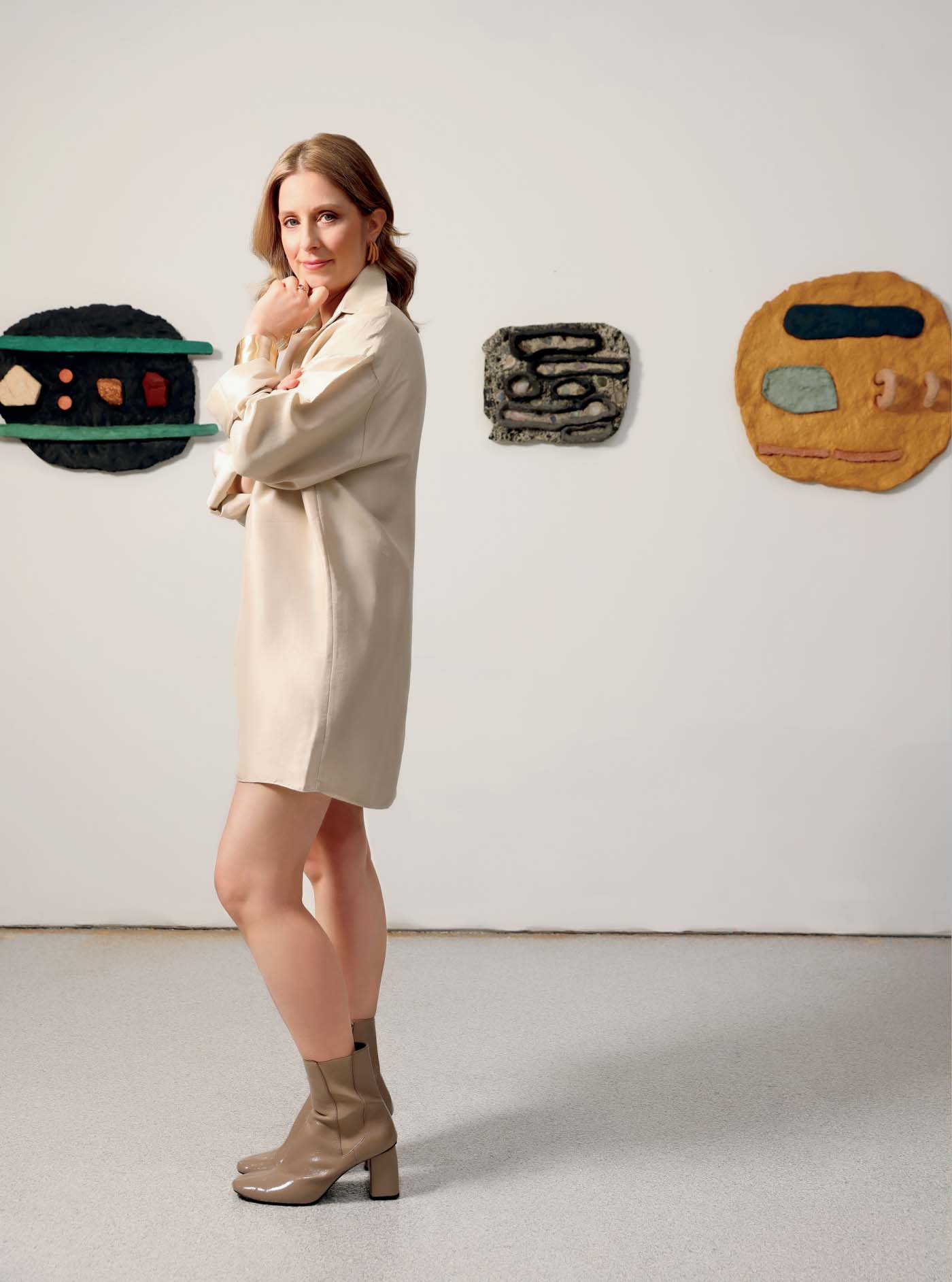
Anagnos paints in the expanded field—abstract, conceptual works that break conventions of what a painting can be. Created with handmade, sculpted, painted, or dyed paper pulp, plus found or handmade objects, Anagnos’ 3D works are painting/sculpture hybrids that hang from the ceiling or float off the wall transmitting a feeling both prehistoric and futuristic at the same time.
“I want to invent something new within the space of painting,” says Anagnos, “with each piece reflecting my interest in the metaphysical and how we are all connected.”
For Anagnos, who spends half of the year in Lake Bluff and the other half in Mexico City, this constitutes a constant thinking and rethinking of place and context. “These inform what the work becomes. There is this impromptu, archaeological excavation into my lived experience that is transferred to the work through me. I’m a conduit. Each work is a collaboration between myself, my body, the paper pulp, and the information—air, colors, smells, time, sound, and light—accessed through consciousness. It’s not linear or narrative.”
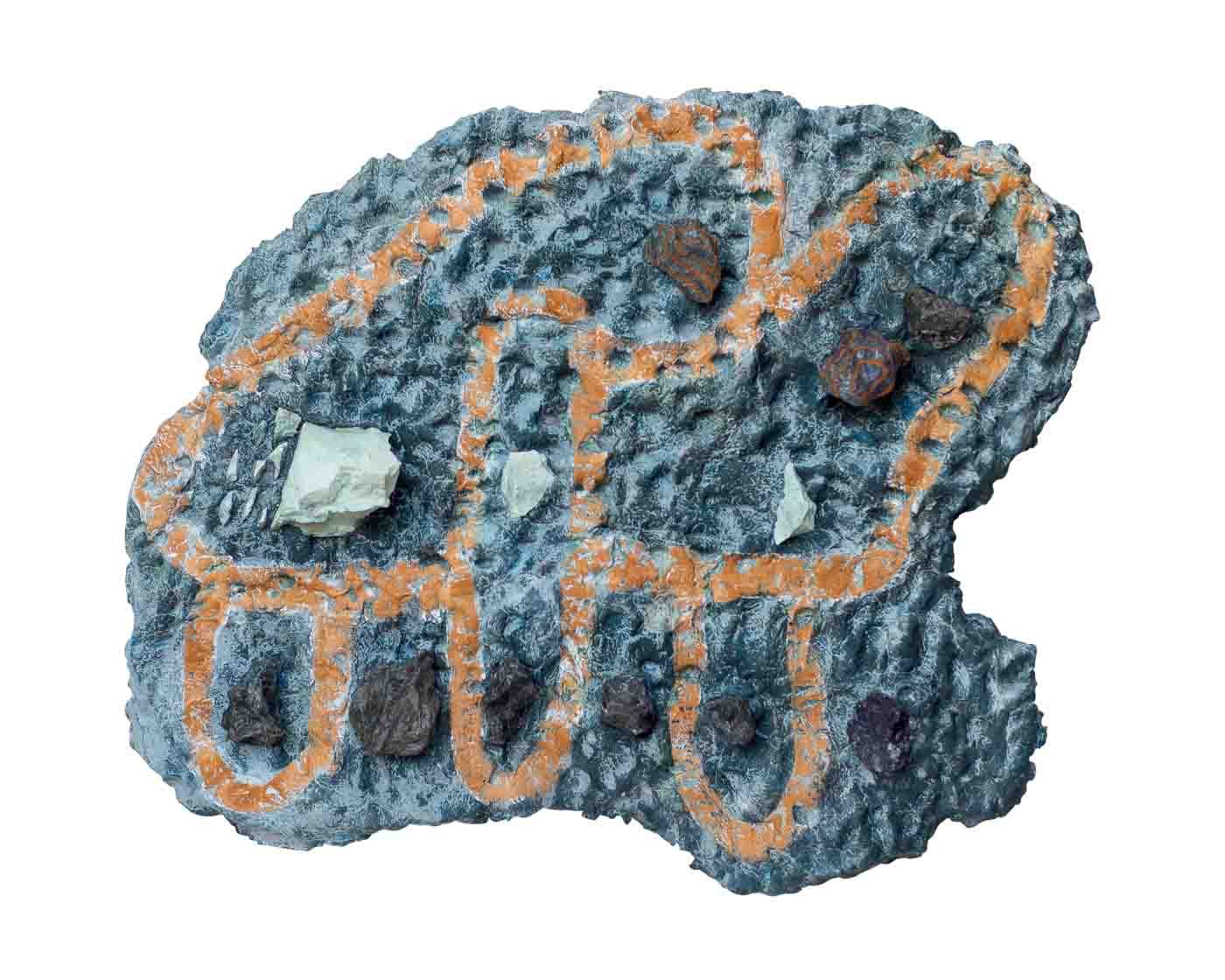

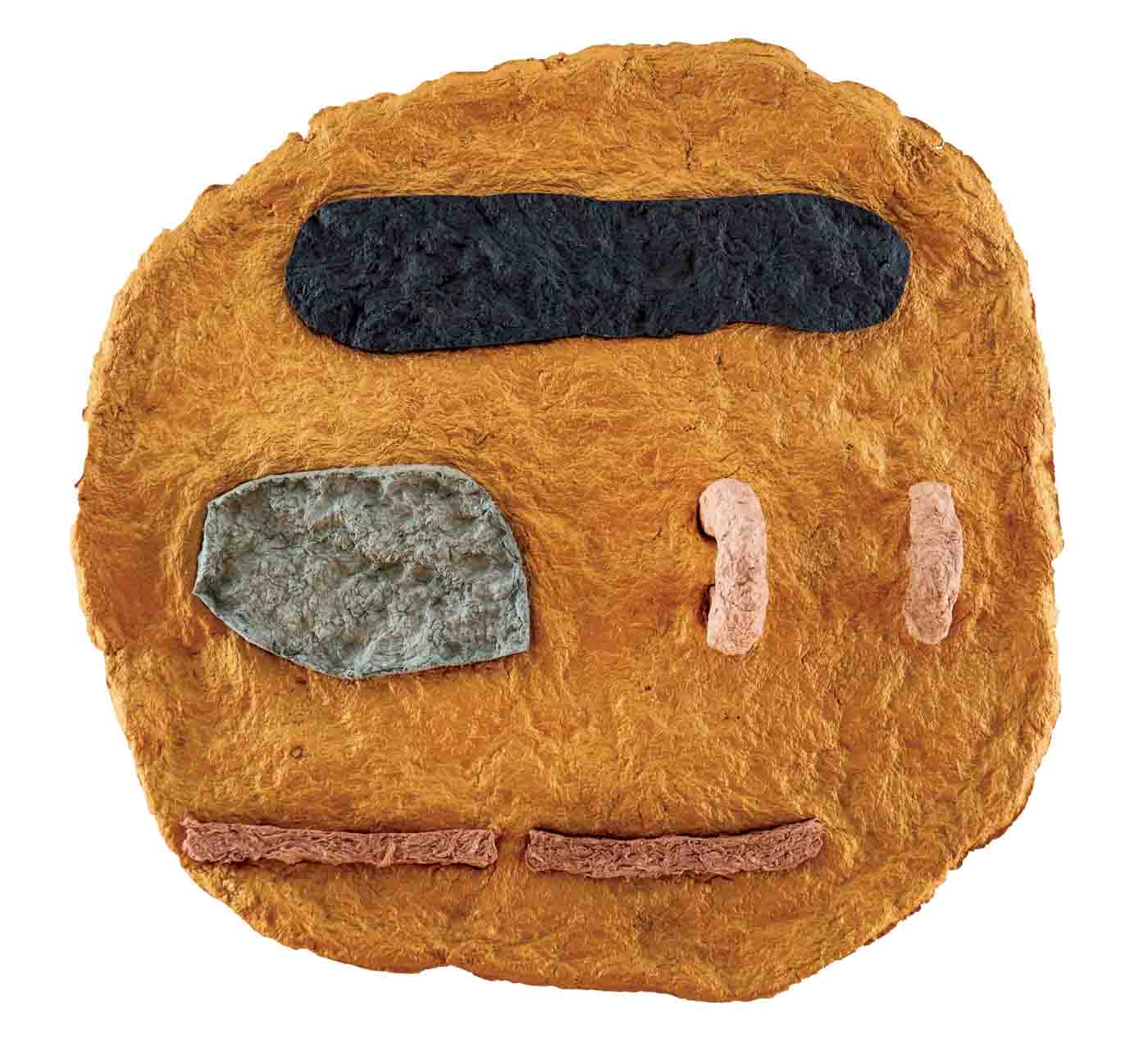
With degrees in art, and years spent teaching, curating, and painting all over the world (New York City, Rome, Athens, and Mexico among them), place and context have changed for Anagnos many times. In New York, she worked for famed painters Will Cotton and Stanley Whitney, and, for eight years co-directed and curated for Ortega y Gasset Projects, an artist-run, nonprofit gallery in Brooklyn, supporting artists from marginalized and underrepresented communities. She also traveled widely for many residencies and fellowships.

Divergences in her art can be attributed to these varied surroundings. Paintings such as No Title RR #39, made during her residency at the Rauschenberg Estate in Captiva, Florida, are full of intensely bright colors echoing the epic sunsets and incorporate shells collected from the beaches. Earlier works like Cirque, from the Paper Trails series created while she was a fellow at the Anderson Ranch Arts Center in Snowmass, Colorado, incorporate casts of crumpled paper, very much like snow-covered mountains. More recent works, such as Queen of the Night and Cypher from the Dialect series and Communion from Hugging the Line series, have a muted, earthy tonality reflecting the environs and culture of Mexico where Anagnos moved to study centuries-old paper-making traditions.
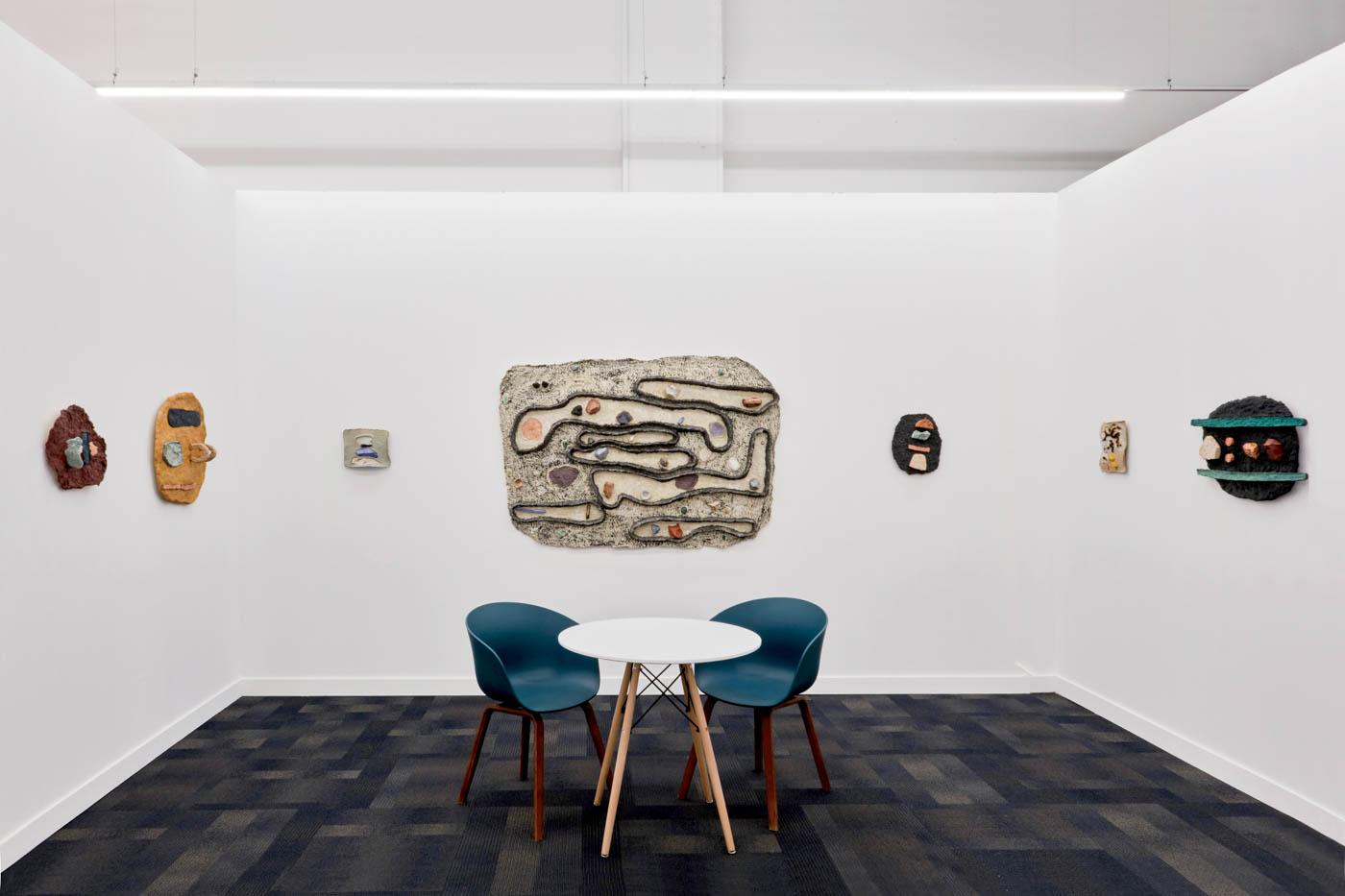
While Anagnos initially chose paper pulp for the practical reason that large works would be less weighty, this decision transformed her relationship with her art. Shaping, pigmenting, and sculpting the wet pulp with her hands and tools, and then adapting with the work as it morphs, changes color, hardens, and dries is an artist/pulp collaboration unique to each work. “With paper pulp, the substrate is the work,” says Anagnos. “Paper has its own set of requirements. I work on its time.”


Anagnos is now back on the North Shore to prepare for a solo show running from April 7 to May 18 at Devening Projects in Chicago. She is eager to see how the city will affect the new work she is producing. Looking back to her childhood here, Anagnos reflects on the chain of events that led to her first entry into art. She was close to her grandparents, who hosted a bilingual Greek-English radio show, The Hellenic Interlude, in Chicago for 32 years. Her grandfather, an Olympic athlete in his youth, inspired Anagnos to pursue gymnastics. She did so and was competing by age 5. But an injury sustained while attending famed coach Béla Károlyi’s gymnastic camp took Anagnos out of competition and into art classes, which she loved.
“I felt a kind of freedom when I was painting that I didn’t get doing anything else,” she says. “I still feel that today.”
For more information, visit eleanna.com.
Sign Up for the JWC Media Email